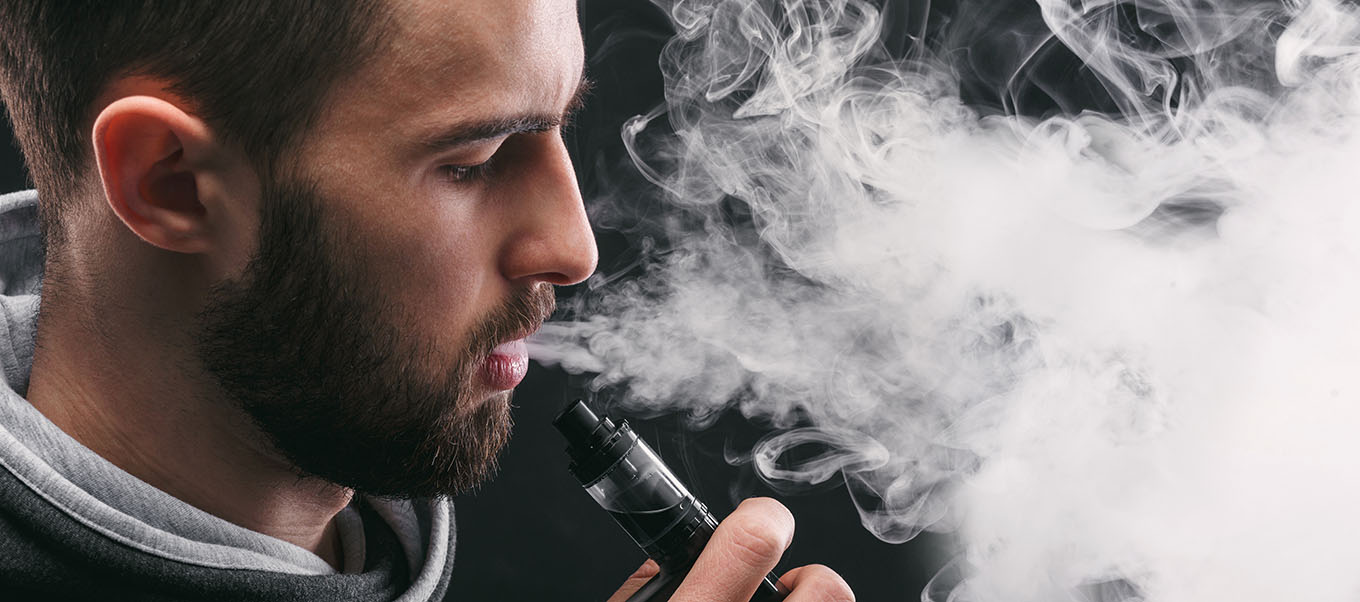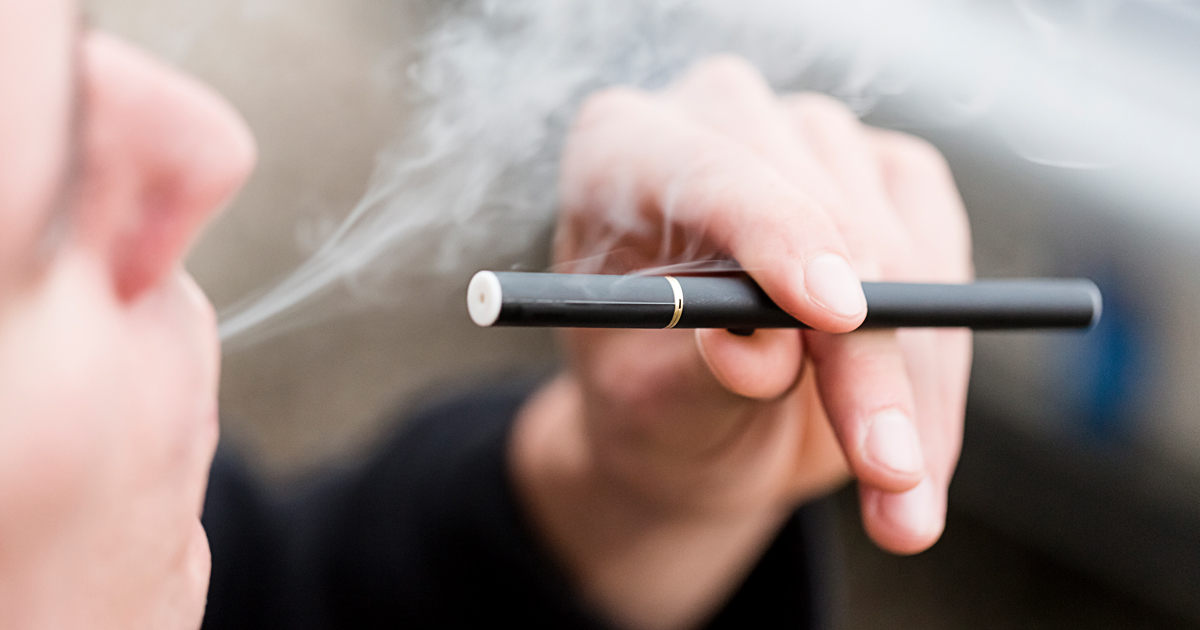WARNING: This product contains nicotine. Nicotine is an addictive chemical.
Vaping: it’s not just a hobby, it’s a lifestyle—or so say the cloud chasers and flavor savants of the world. As vaping continues to weave its way into the fabric of daily life, one can’t help but wonder: what exactly are you inhaling when you take a puff? In this article, we’re going to crack open the vape pen like a cold one with the boys, and see what bubbles up to the surface.
Every vape is a small miracle of modern gadgetry, comprising several key components that could make even a smartphone jealous. At the heart lies the battery, the powerhouse that brings the vape to life. Next up, we have the atomizer, which sounds like something out of a sci-fi movie but is actually just the part that heats up your e-liquid until it turns into the vapor you so lovingly inhale. Last but not least, the cartridge or tank, which holds the e-liquid like a mini-bar for your vape. Together, these components work in harmony to deliver the sweet, sweet mist of vaping goodness.
The art of vaping isn’t just about assembling these parts; it’s about the symphony they create when activated. When you press that button, the battery sends power to the atomizer, which then turns your chosen e-liquid from a pool of potential into a cloud of reality. It’s like watching a conductor at work, only instead of music, you’re making mist.

Now, let’s dive into the soup of substances that fill every vape cartridge. We start with propylene glycol (PG) and vegetable glycerin (VG), two substances that sound like they should be in a car, not a vape. PG is the hit-maker, delivering that throat hit that mimics the feeling of smoking. VG is the smooth operator, creating dense clouds that can make any room look like a foggy day in London.
Then there’s the flavorings—these are the life of the vape party, ranging from the mundane (think tobacco and menthol) to the outright wacky (ever tried dill pickle or roast chicken?). And let’s not forget nicotine, the guest of honor in many vapes, which keeps users coming back for more. These ingredients mix together in a ballet of chemistry that delivers both flavor and experience straight to your lungs.
Speaking of flavors, have you ever wondered why vapes come in as many flavors as ice cream at a buffet? From sweet and fruity to savory and bold, the variety is staggering. This is thanks to food-grade flavorings that are added to make the experience more enjoyable and sometimes downright adventurous. Additives also play their part, like sweeteners to enhance taste or benzoic acid to help nicotine salts vaporize better. It’s a cocktail of chemistry that makes each puff an exploration.
But it’s not just about taste—these additives can alter the density and texture of the vapor, allowing for tricks and techniques that can turn a simple puff into a spectacle. Whether you’re blowing rings or creating billowing clouds, the additives in your vape juice can make a big difference.

Of course, it’s not all fun and games in the world of vaping. Health concerns regarding inhaling substances like diacetyl, which was famously associated with “popcorn lung,” have spurred both fear and regulatory action. Governments and health organizations are on high alert, setting standards that ensure safer vaping experiences. These regulations impact what can be included in vape juices, aiming to protect users from harmful substances while balancing the freedom to vape.
As the debate around vaping continues, staying informed about what goes into your vape is more crucial than ever. After all, knowing what you’re inhaling is the key to making informed choices about your vaping journey.
In the article “What’s in a Vape? Unraveling the Mist-ery,” we delve into the intriguing world of vaping, examining the various components and substances that make up a typical vape. The composition of a vape includes a battery, an atomizer, and a cartridge that holds e-liquid, which is vaporized to produce the inhalable mist. The e-liquid itself comprises propylene glycol (PG) and vegetable glycerin (VG) as bases, along with various flavorings and often nicotine, which provide the desired throat hit and flavor diversity. From sweet, fruity flavors to unusual savory options, the range of tastes caters to diverse preferences, enhanced by additives that affect the vapor’s density and feel. However, the article also addresses health concerns and regulatory measures related to vaping, emphasizing the importance of understanding “what is in a vape” to make informed decisions about its use. This insight is crucial as the debate on vaping’s safety continues, with regulations evolving to ensure safer consumption practices.
1. What exactly is in the liquid that is vaporized in a vape?
The liquid, often called e-liquid or vape juice, primarily contains propylene glycol (PG) and vegetable glycerin (VG). These are used as bases to carry other ingredients like flavorings and nicotine. PG provides the throat hit similar to the sensation of smoking tobacco, while VG is responsible for producing thick vapor clouds. Additionally, various food-grade flavorings are added to create a wide array of tastes, and nicotine is included in different concentrations depending on user preference.
2. Is vaping safer than smoking cigarettes?
While vaping is generally considered less harmful than smoking traditional cigarettes, it is not without risks. Vaping avoids the combustion of tobacco, which eliminates many harmful chemicals typically produced by smoking cigarettes. However, e-liquids can contain other potentially harmful substances, such as certain flavoring chemicals linked to respiratory issues. It is widely viewed as a better alternative to smoking, but not completely safe.
3. Can you vape without nicotine?
Yes, it is possible to vape without nicotine. Many e-liquids come in varying nicotine strengths, including zero-nicotine options. These nicotine-free e-liquids are popular among people who enjoy the act of vaping but do not want the addictive effects of nicotine, or who are trying to quit nicotine use entirely.
4. How do I choose the right e-liquid?
Choosing the right e-liquid depends on personal preference and goals. Consider the following factors:
Nicotine strength: ranges from high to zero-nicotine. Match your current nicotine intake if transitioning from smoking.
Flavors: e-liquids come in a vast range of flavors, from classic tobacco and menthol to exotic fruits and dessert flavors. Experiment with different flavors to find what you enjoy most.
PG/VG ratio: higher PG for more throat hit and flavor, higher VG for bigger clouds. Adjust based on what aspect of vaping you value more.
5. Are there age restrictions for purchasing vape products?
Yes, there are age restrictions for purchasing vape products, which vary by country and sometimes within regions of a country. In many places, the legal age to purchase vaping products is 18 or 21. These laws are in place to prevent minors from accessing nicotine products, which can be addictive and harmful to young people. Always check local regulations to ensure compliance.
If you want to know more, please refer to this article:
